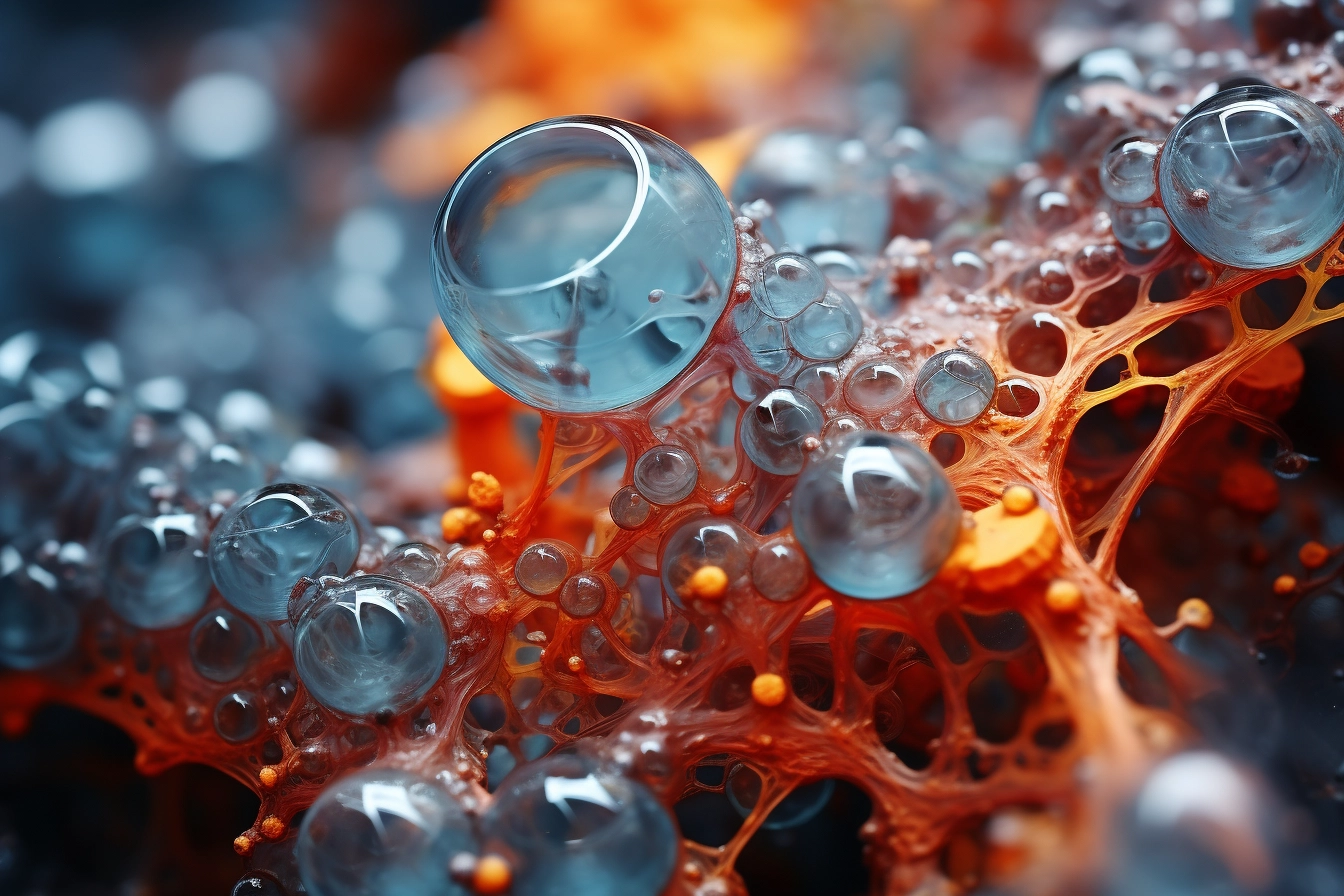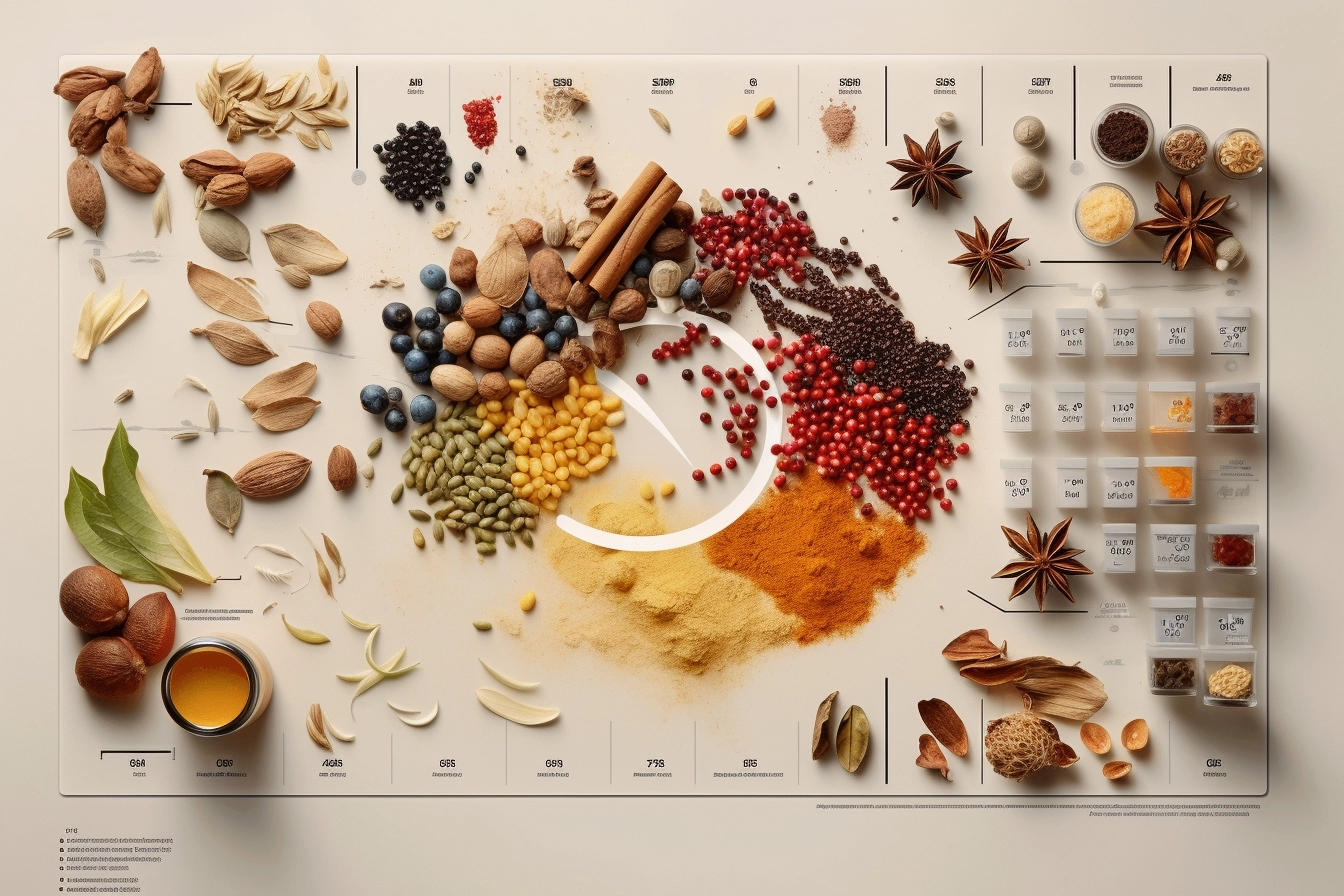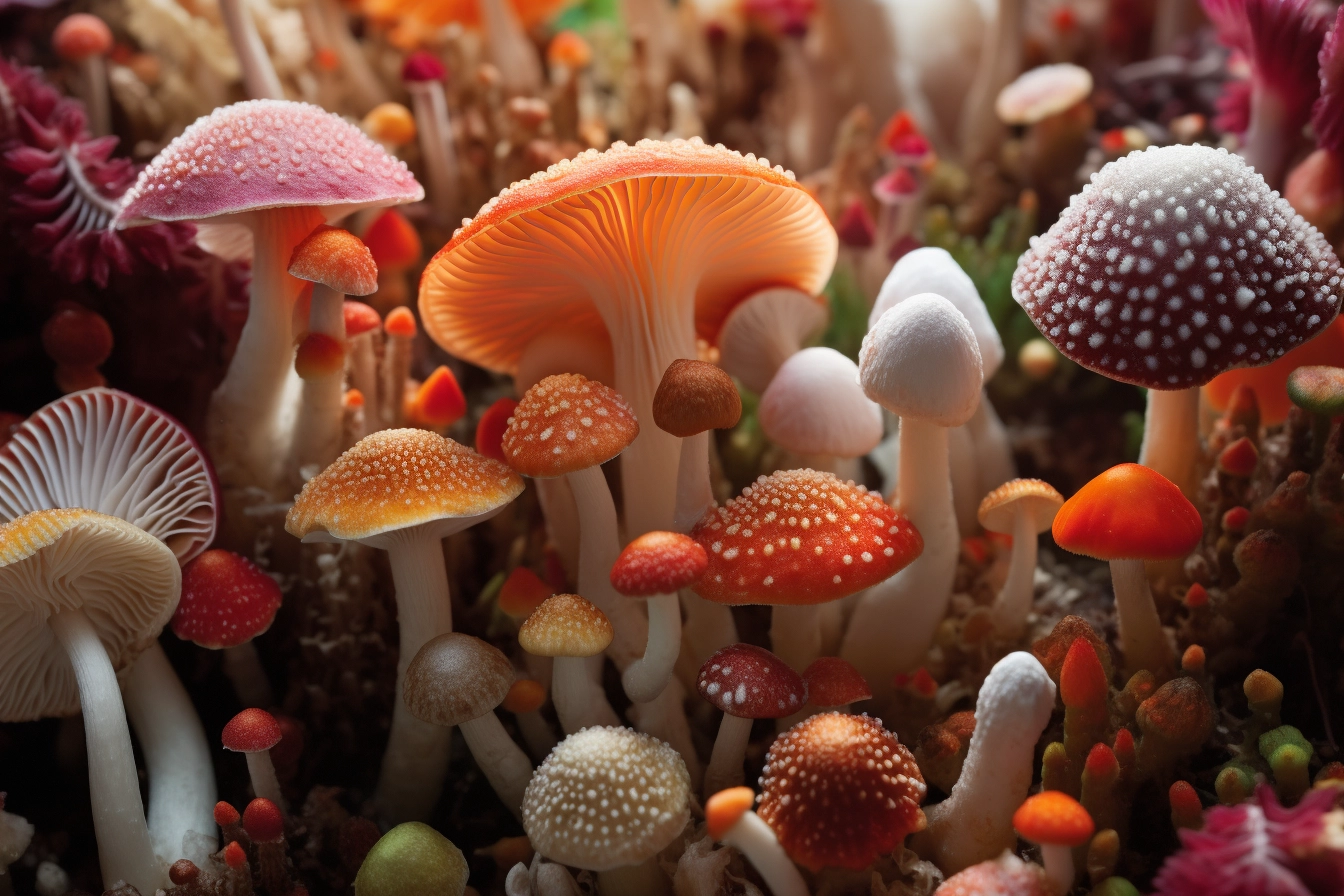published June 27, 2023 | 6 min read
“AI and the Maillard Reaction” – a phrase that combines two seemingly disparate fields: artificial intelligence and food chemistry. Yet, these two fields are increasingly intersecting, particularly when it comes to understanding the Maillard Reaction – the chemical process that gives cooked foods their enticing aroma and flavor. This article explores how AI is helping us unravel the complexities of the Maillard Reaction and what this means for the future of food science.
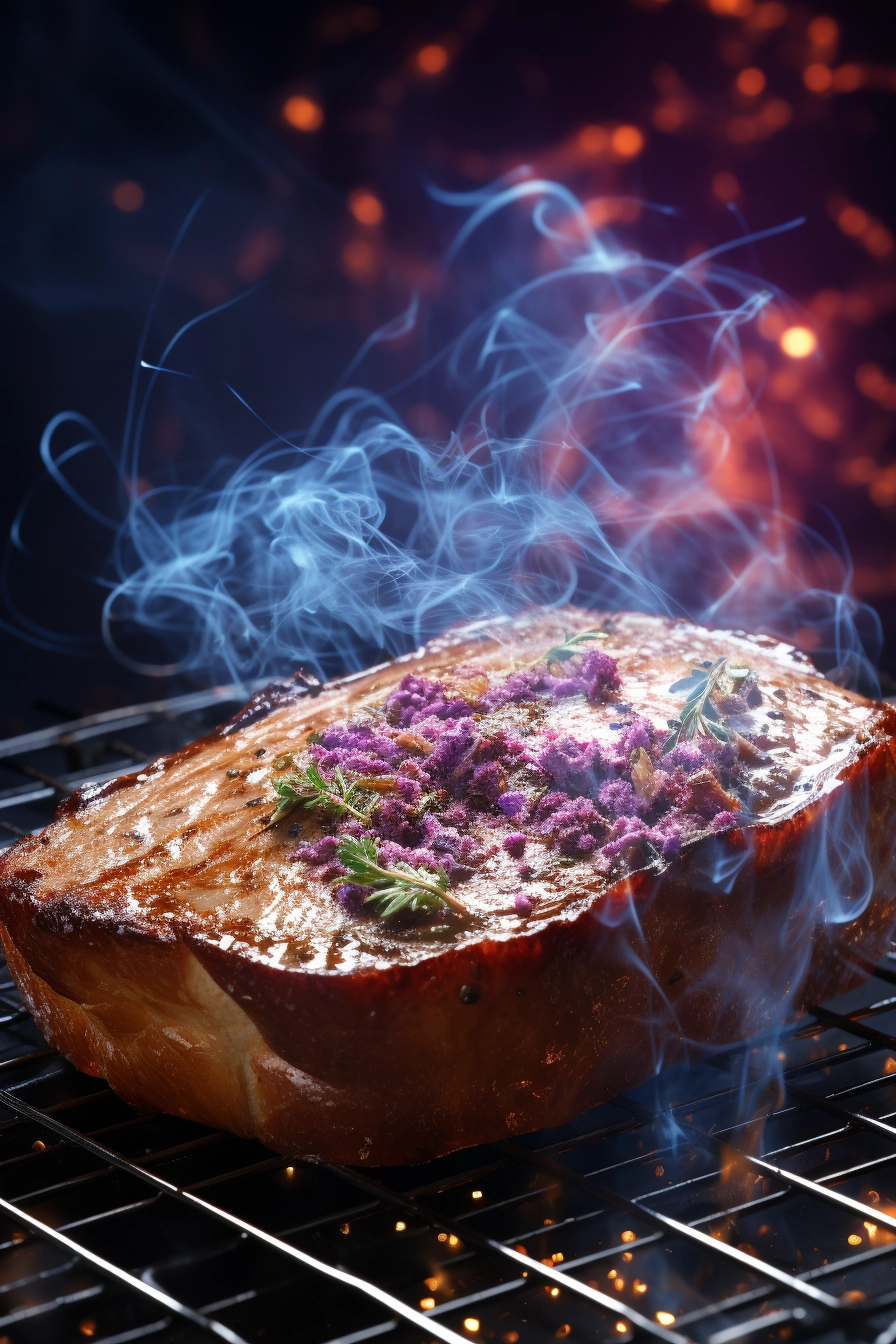
a steak undergoing the Maillard Reaction
AI and the Maillard Reaction: A Deep Dive
The Maillard Reaction, a cornerstone of culinary science, is a complex series of chemical reactions that transform the raw ingredients of our meals into a symphony of flavors and aromas. This reaction, named after the French chemist Louis-Camille Maillard who first described it in the early 20th century, is not merely a culinary spectacle. It’s a fascinating interplay of chemistry and thermodynamics, a dance of molecules under the influence of heat. And now, with the advent of artificial intelligence (AI), we are beginning to unravel the intricacies of this process with unprecedented precision.
The Maillard Reaction is a form of non-enzymatic browning, a reaction between reducing sugars and amino acids. When we apply heat to food, these compounds rearrange themselves, forming new complex molecules known as melanoidins. These melanoidin’s are responsible for the brown color we associate with cooked food, from the golden crust of a loaf of bread to the seared surface of a steak. But the Maillard Reaction doesn’t just change the color of our food. It also creates a multitude of flavor compounds, each contributing to the unique taste profile of the cooked product.




the Maillard Reaction at a molecular level
However, the Maillard Reaction is not a singular, linear process. It’s a cascade of reactions, each branching out into multiple pathways. The exact sequence and outcome of these reactions depend on a multitude of factors, including the type of food, its moisture content, pH, and the temperature and duration of cooking. This makes the Maillard Reaction a highly complex system, with a vast parameter space that is challenging to navigate.
This is where AI comes into play. With its ability to handle high-dimensional data and complex, non-linear relationships, AI is uniquely suited to tackle the challenge of understanding the Maillard Reaction. Machine learning algorithms, a subset of AI, can be trained on experimental data, learning the intricate relationships between different variables and their impact on the Maillard Reaction.
For instance, a machine learning model could be fed data from numerous cooking experiments, each varying in temperature, cooking time, pH, and moisture content. The model could learn how these variables interact to affect the Maillard Reaction, and could then predict the outcome of the reaction under new conditions. This could be incredibly useful in a variety of applications, from developing new recipes to optimizing industrial food production processes.
Moreover, AI can help us delve deeper into the molecular level of the Maillard Reaction. Advanced techniques like deep learning can be used to analyze the structure and properties of the molecules involved in the reaction, predicting how they will interact and rearrange under different conditions. This could lead to a more fundamental understanding of the Maillard Reaction, shedding light on the exact mechanisms and pathways involved.
The intersection of AI and the Maillard Reaction represents a new frontier in food science, a fusion of technology and gastronomy that could revolutionize our understanding of cooking. As we continue to harness the power of AI, we can look forward to a future where we can predict and control the Maillard Reaction with unprecedented precision, crafting our culinary experiences with the finesse of a chemist and the creativity of a chef.
The Role of AI in Food Science
Artificial Intelligence (AI) is increasingly becoming an indispensable tool in the realm of food science, and its role extends far beyond the study of the Maillard Reaction. The ability of AI to analyze vast amounts of data, identify complex patterns, and make accurate predictions is transforming the landscape of food science and technology.
One of the key strengths of AI lies in its capacity to handle high-dimensional data. In the context of food science, this means AI can simultaneously consider multiple factors such as ingredient composition, cooking temperature, time, and even sensory feedback like taste and texture. This ability to process and analyze multi-faceted data is particularly valuable in understanding complex food systems and reactions, such as the Maillard Reaction.


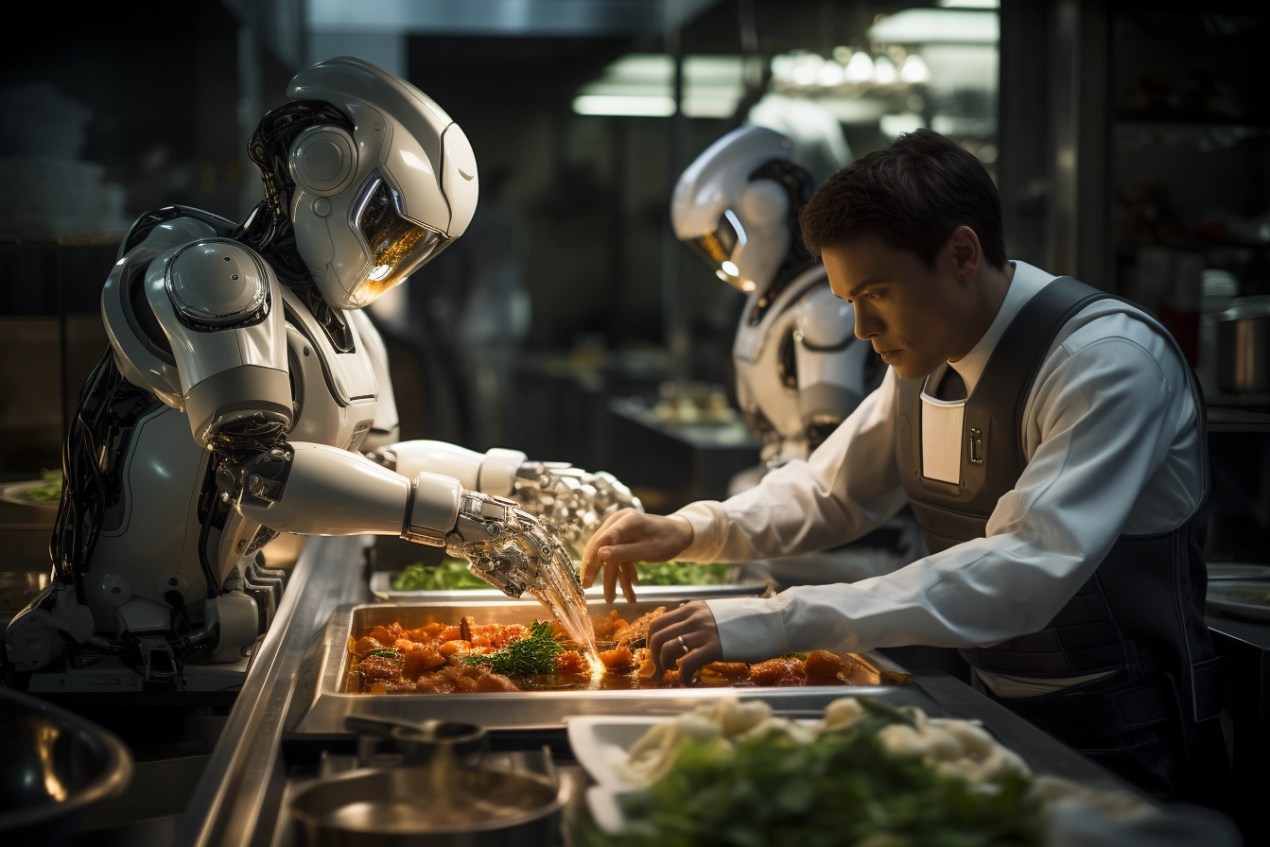

machine learning bot being used to analyze food data
AI’s role in food science is not limited to understanding and predicting chemical reactions. It is also being used to optimize recipes for both taste and nutrition. Machine learning algorithms can analyze thousands of recipes and their nutritional profiles, identifying patterns and relationships between ingredients, cooking methods, and nutritional outcomes. This can lead to the development of recipes that are not only delicious but also nutritionally balanced.
Furthermore, AI is playing a pivotal role in predicting food trends. By analyzing data from various sources such as social media, restaurant reviews, and food blogs, AI can identify emerging food trends, helping food businesses stay ahead of the curve. This predictive capability can also be used in food supply chain management, helping to predict demand and optimize inventory.
AI is also being used to enhance sensory science, a key aspect of food science that deals with how we perceive food. AI can analyze sensory data, such as taste, aroma, and texture, and correlate it with the chemical composition and processing methods of food. This can lead to a deeper understanding of how to create foods that not only taste good but also provide a satisfying sensory experience.
In essence, AI is revolutionizing food science, providing us with new tools to understand, create, and enjoy food. As we continue to harness the power of AI, we can expect to see even more exciting developments in this field.
AI and the Maillard Reaction: An Unprecedented Alliance
The convergence of AI and the Maillard Reaction signifies a groundbreaking collaboration in the pursuit of deciphering and mastering this intricate chemical process. By sifting through and analyzing data from a multitude of cooking experiments, AI emerges as a powerful ally, capable of identifying patterns and relationships that may elude human analysis due to their complexity.
This alliance between AI and the Maillard Reaction holds immense potential, opening up a wealth of opportunities across various domains. From the creation of innovative recipes that tantalize the taste buds, to the optimization of industrial food production processes for efficiency and consistency, the applications are as diverse as they are impactful.
The fusion of AI’s computational prowess with the chemistry of the Maillard Reaction is not just a perfect pairing, but a transformative alliance that is set to redefine our understanding and manipulation of food science.




AI and the Maillard Reaction on toast
The Horizon of AI in Unraveling Food Chemistry
The interplay between AI and the Maillard Reaction merely scratches the surface of what’s possible. As AI technology continues to evolve and the volume of accessible data expands, the role of AI in food science is set to become even more significant.
AI’s potential in this field is vast and multifaceted. It could pave the way for the development of healthier recipes by analyzing and optimizing nutritional content. It could unlock new flavors by predicting and controlling complex chemical reactions like the Maillard Reaction. It could also contribute to sustainability efforts by helping to reduce food waste, using predictive algorithms to optimize food storage and consumption.




3D printed caramelized onion
Beyond these applications, AI holds the potential to revolutionize cooking techniques themselves. By providing a deeper understanding of food chemistry, AI could lead to the invention of novel cooking methods that enhance flavor, improve texture, and increase nutritional value.
In essence, we stand on the brink of a new era in food science, where AI serves as a powerful tool to unravel the complexities of food chemistry and transform our culinary experiences.
Conclusion
AI and the Maillard Reaction represent a fascinating intersection of technology and food science. Understanding this reaction is not just a matter of scientific curiosity, but can have real, tangible benefits for the way we cook and eat. As we continue to harness the power of AI in food science, we can look forward to a future of more delicious, nutritious, and sustainable food.
Remember, when writing an SEO-friendly article, it’s important to naturally incorporate your focus keyword throughout the content, but avoid keyword stuffing. The content should still be engaging and valuable to the reader.
